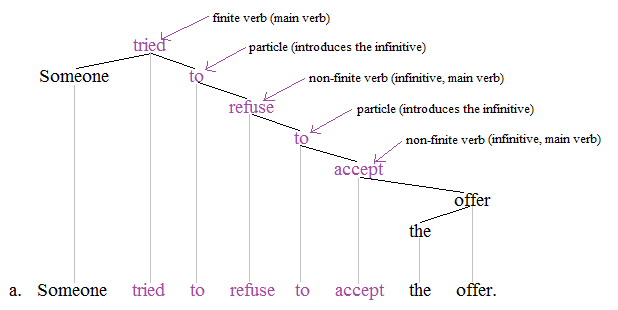Finite vs Non-Finite Verbs
In grammar, finite and non-finite verbs are two different types of verbs found in sentences. Finite verbs, also known as main verbs, have a direct relationship with the subject and must be conjugated according to the subject and tense. On the other hand, non-finite verbs do not have a subject and do not need to be conjugated according to the subject and tense. This article aims to provide a deeper understanding of these two terms and highlight their differences.
What is Finite Verb?
A finite verb has a subject and is directly related to it. It must be conjugated according to the relevant tense and indicates whether the subject is singular or plural. These verbs are typically used only in the present and past tenses. For example, in the sentence “She lives in London,” the finite verb is “lives” as it describes the action of the subject.
What is Non-Finite Verb?
Unlike finite verbs, non-finite verbs do not need to be changed according to the subject or tense. They often take the form of infinitives, gerunds, and participles and can be combined with auxiliary and modal auxiliary verbs. Non-finite verbs do not directly address the action performed by the subject and can function as nouns, adjectives, and adverbs. For instance, in the sentence “She loves cooking,” “cooking” is a non-finite verb used as a noun (gerund). In the sentence “I want to eat now,” the non-finite verb is “to eat” (infinitive). Non-finite verbs can also be present or past participles, as in the sentence “I saw him walking down the street,” where “walking” is a present participle and non-finite verb.
Key Takeaways
- Finite verbs are main verbs with a direct relationship to the subject and must be conjugated according to tense and number.
- Non-finite verbs do not change according to the subject or tense, are not directly related to the subject, and can be infinitives, gerunds, or participles.
- Non-finite verbs can function as nouns, adjectives, or adverbs in a sentence.
